El passat dissabte 29 d’abril vam assistir a la TROBADA dels GEGANTS D’HOSTALRIC en Ramón Berenguer II “Cap d’Estopa” i na Mafalda de Pulla-Calàbria .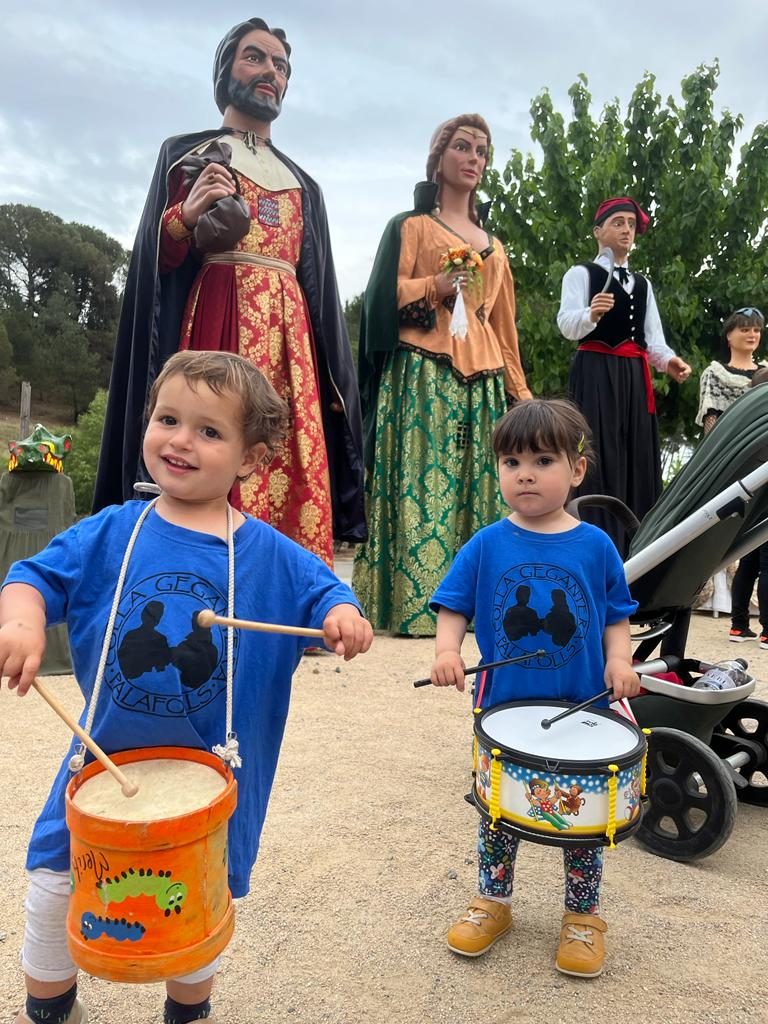
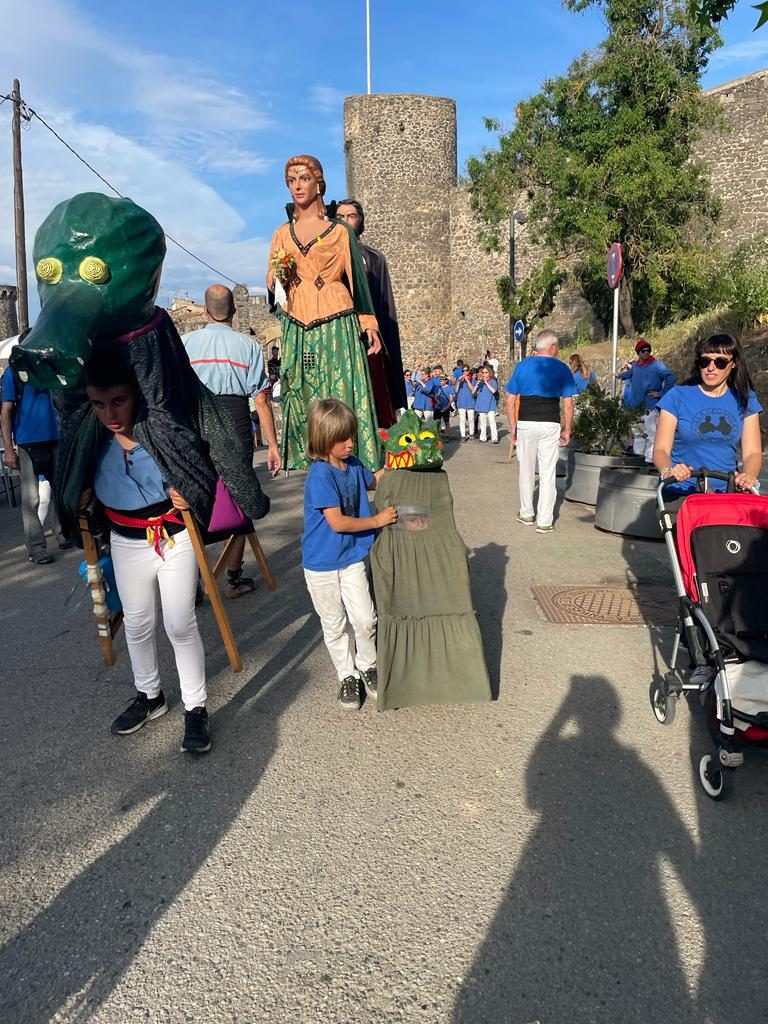
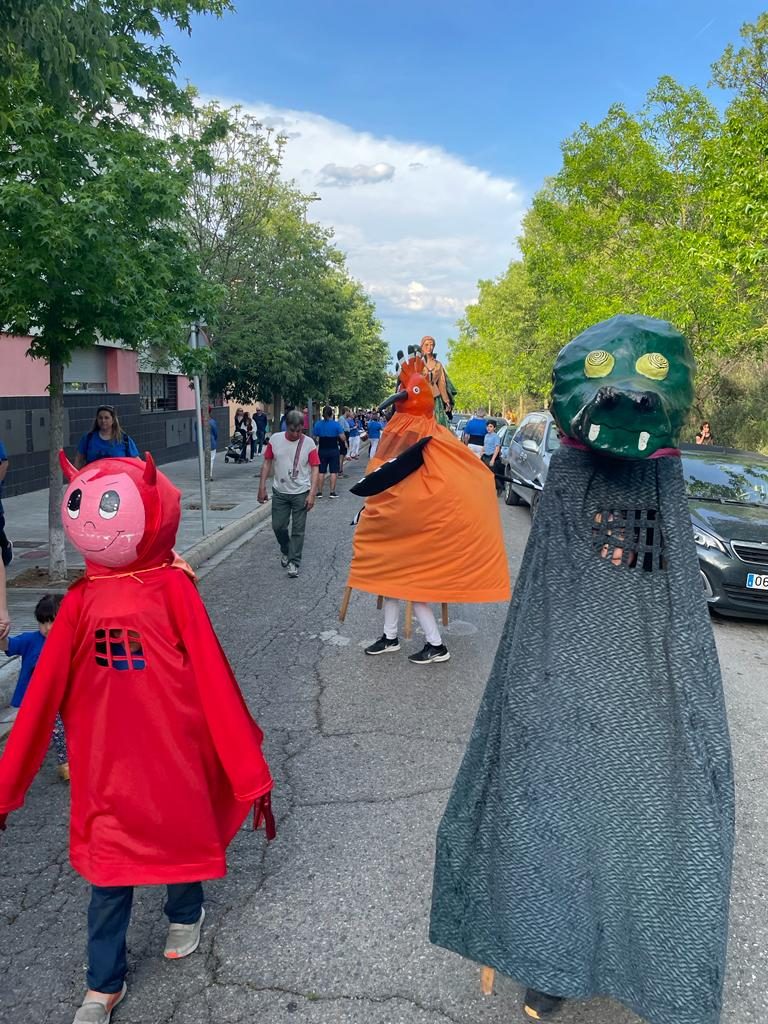
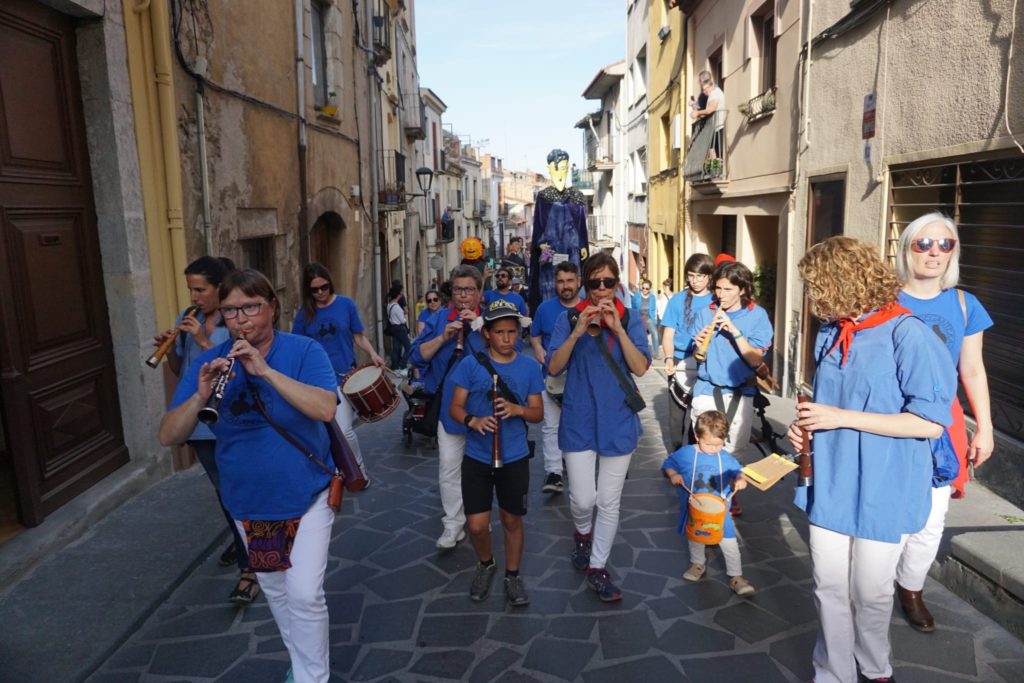
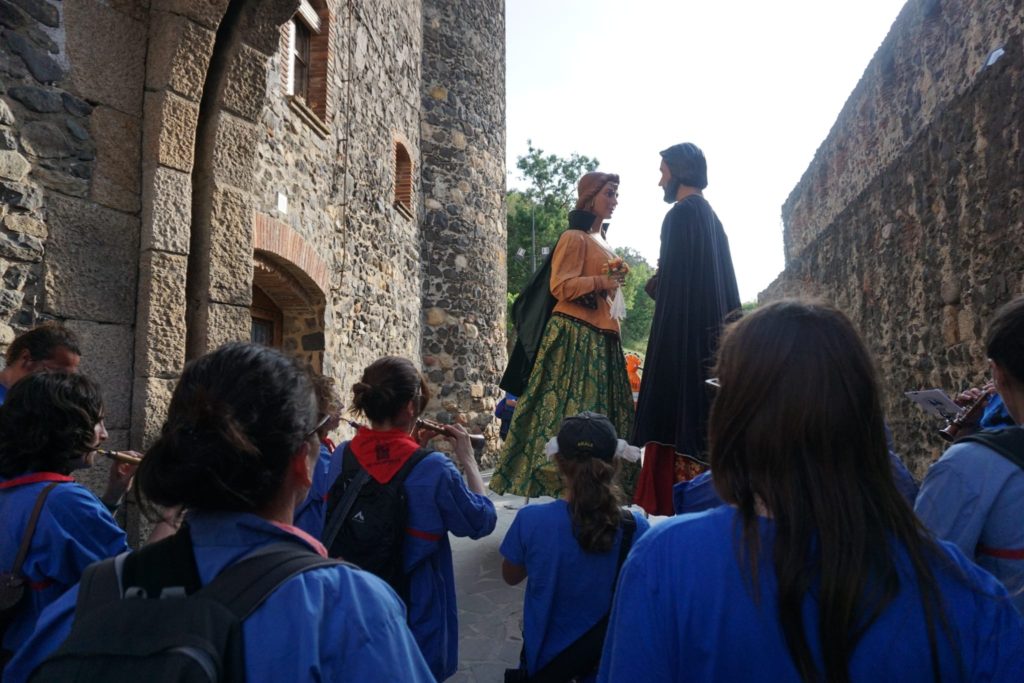
Visites
-
Entrades recents
- Hostalric 2023
- Manlleu 2023
- Fira d’entitats Palafolls
- CALENDARI 2023
- Sant Andreu de LLavaneras 2017
- Hereu del Maresme 2017 ( Trobada Comarcal – Cabrils)
- Vilablareix 2017
- Vallgorguina 2017
- TROBADA GEGANTERA DE PALAFOLLS 2017
- Tordera 2017
- Calonge 2017
- Sant Cugat 2017
- L´Aplec de l´Erola 2017
- Joan Petit (Tordera)
- Cardedeu 2017
- Ton (Salesians Mataró) 2017
- Hostalric 2017
- 10è Aniversari de la Biblioteca Municipal de Palafolls
- Sant Iscle de Vallalta 2017
- Taller de Fanalets 2017
- “Caga Tió” 2016
- Sant Cebrià de Vallalta 2016
- Vilablareix 2016
- TROBADA GEGANTERA DE PALAFOLLS 2016
- Pineda de Mar 2016
Calendari
4 respostes a Hostalric 2023